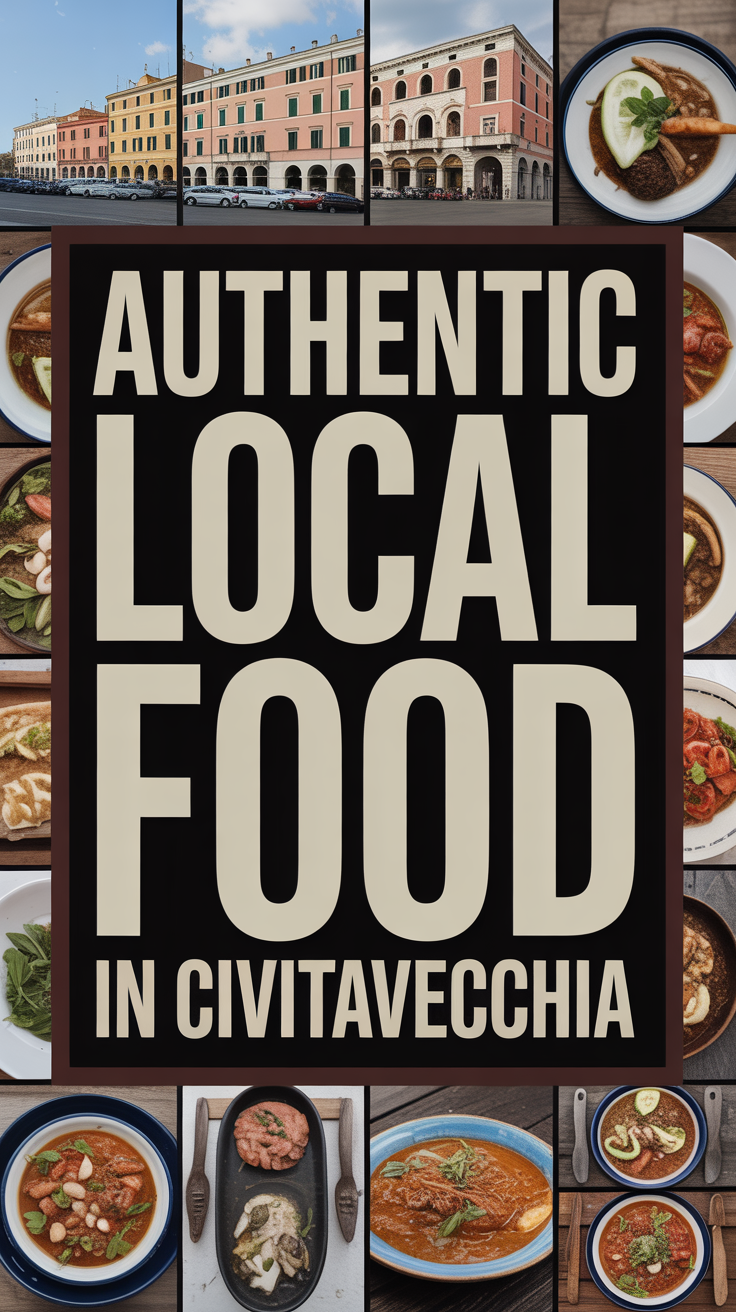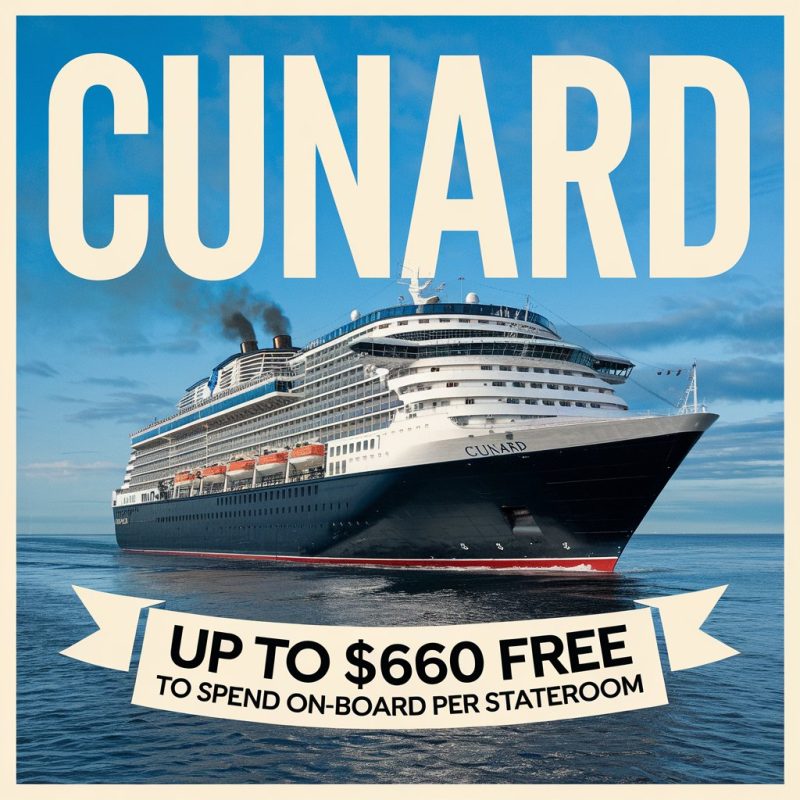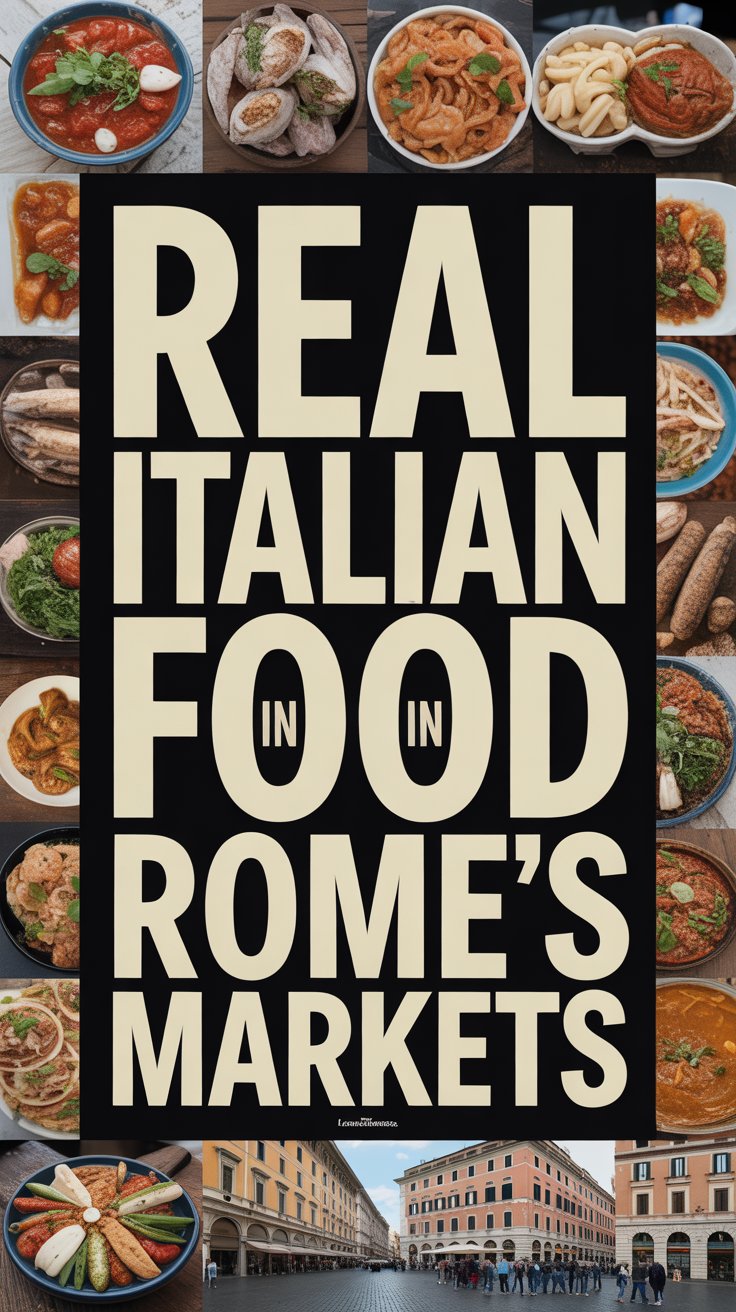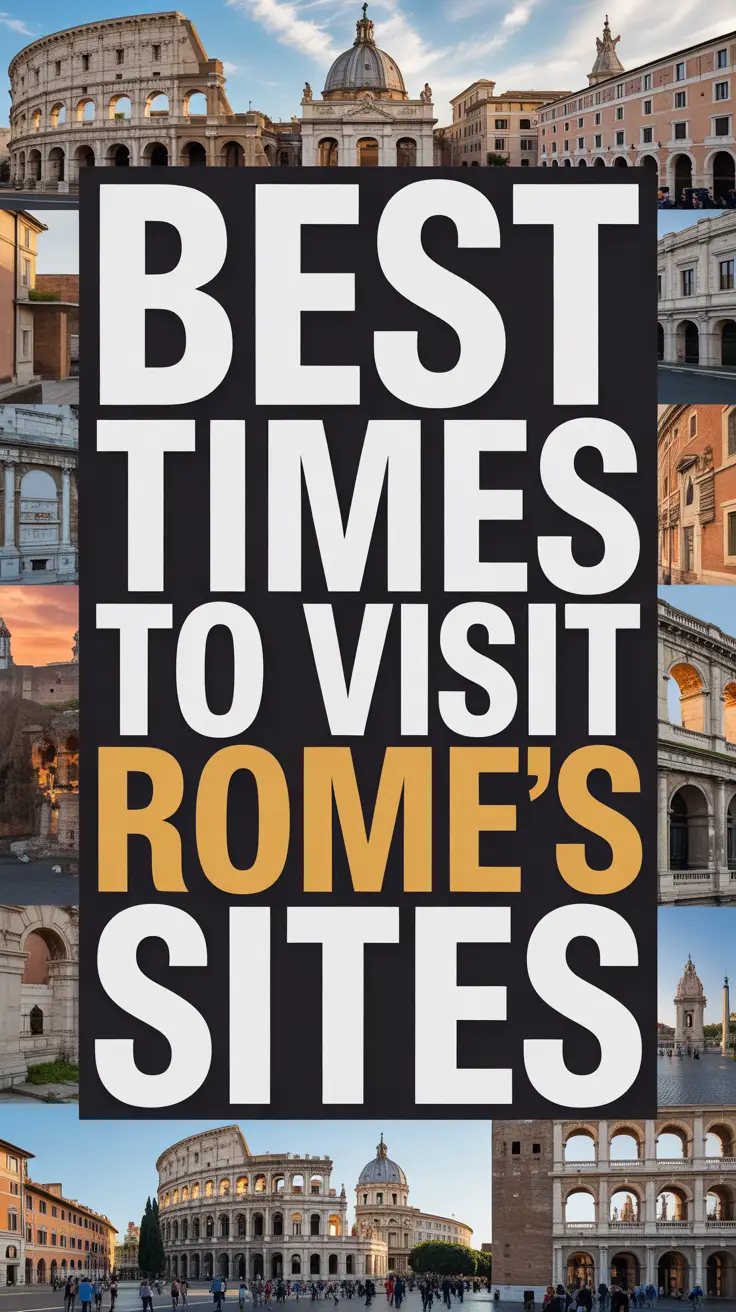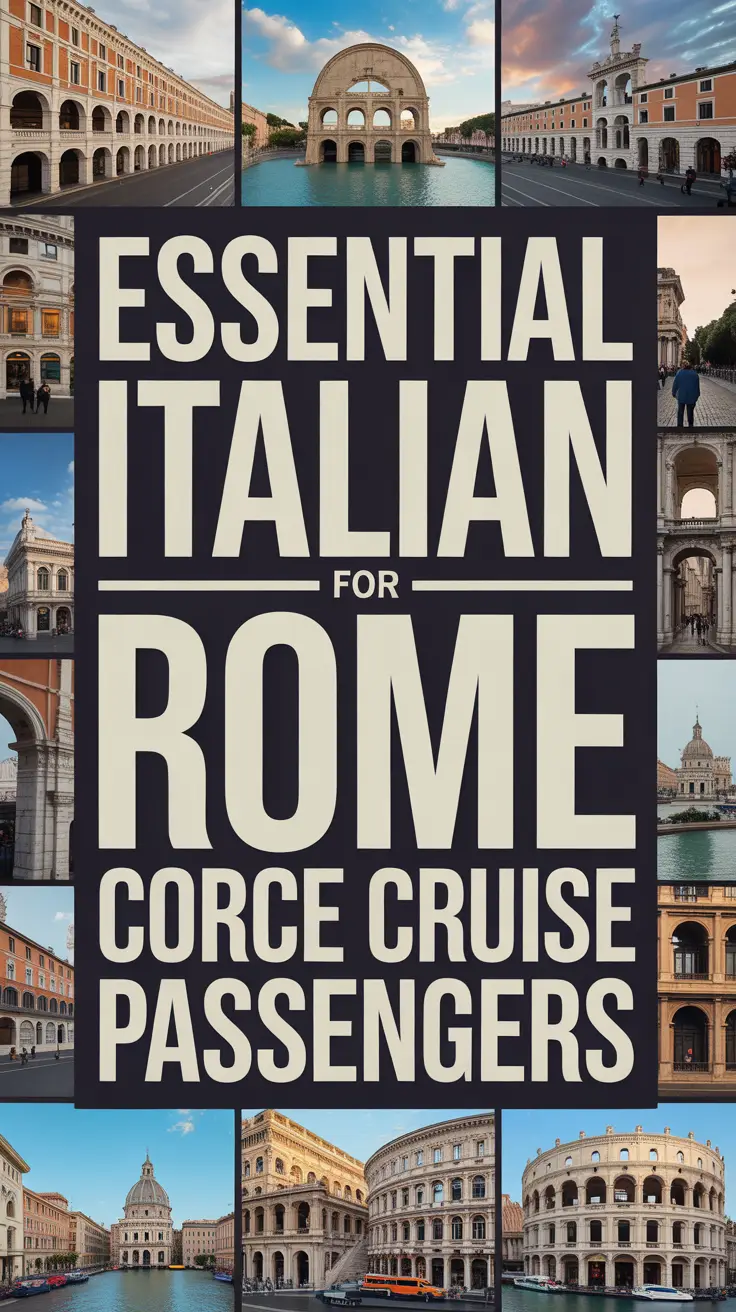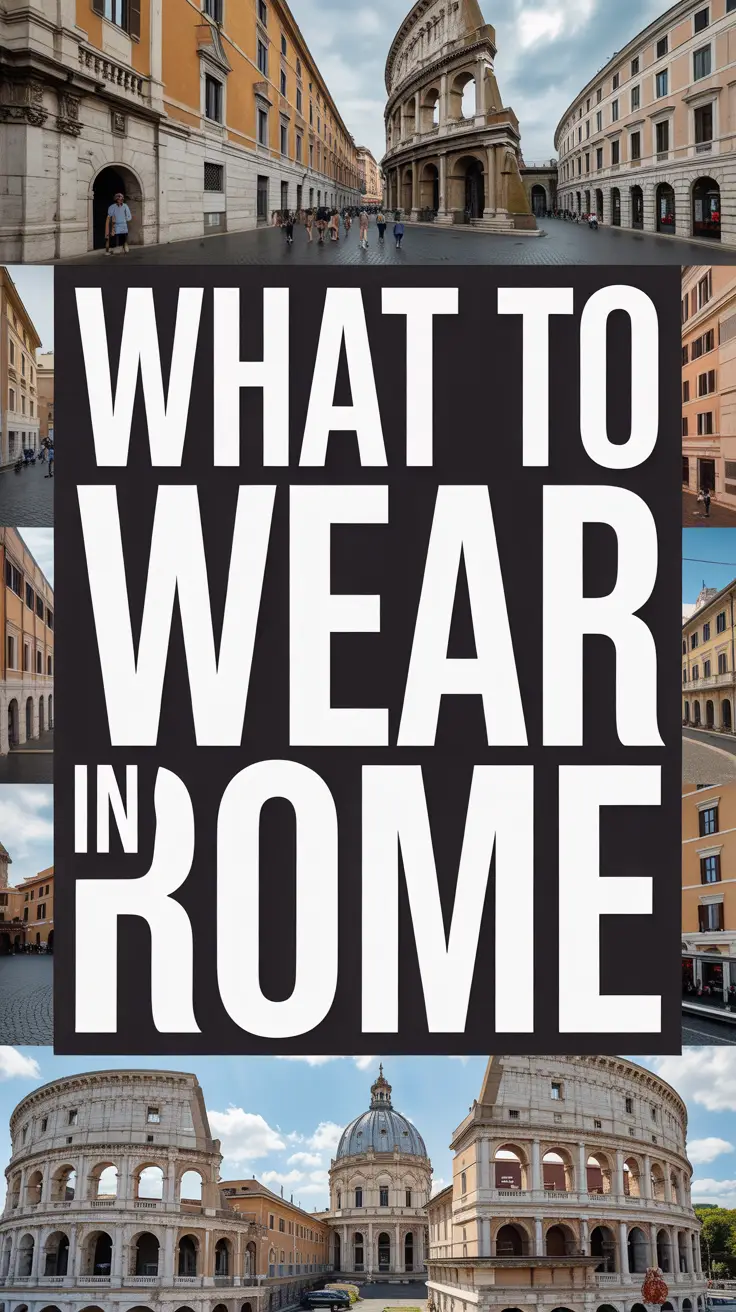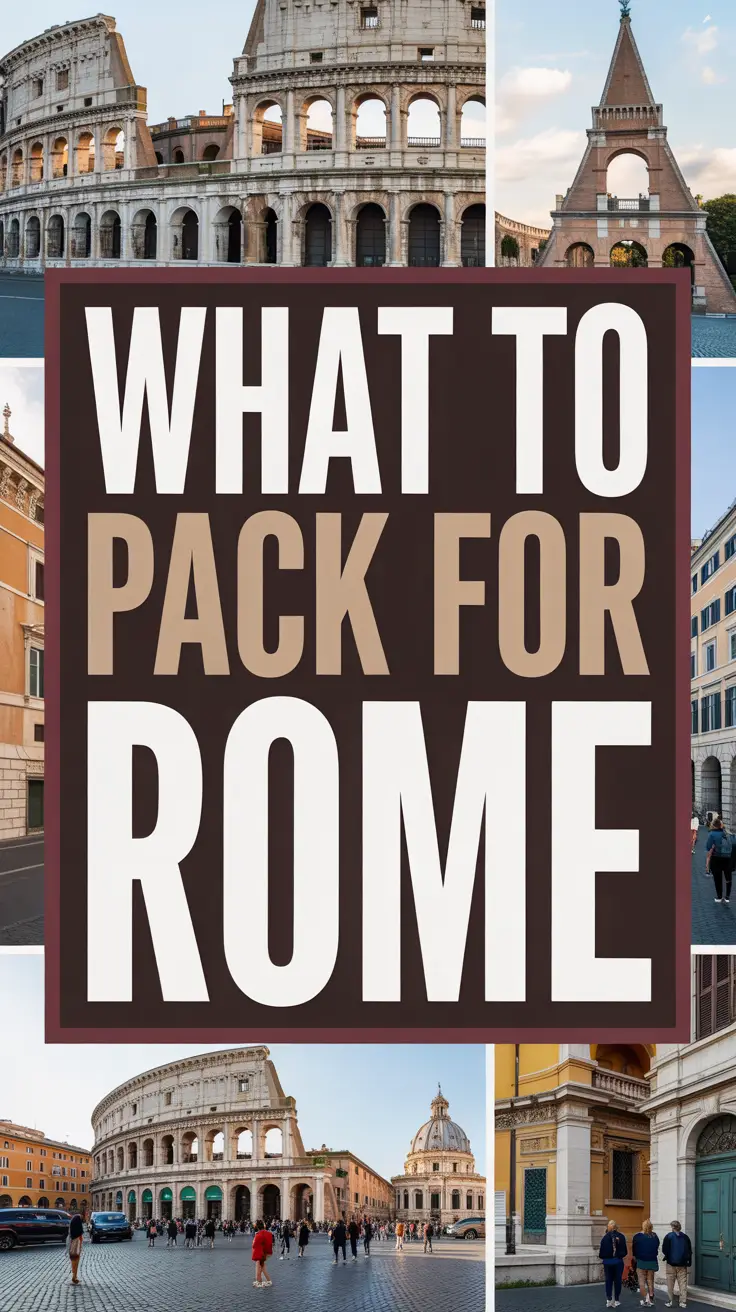The Best Local Food You’ll Actually Find in Civitavecchia (Not Just Tourist Traps)
Let me save you from the cardinal sin of cruise dining: eating overpriced pasta at the restaurant with the English menu right outside the port gates. After countless visits to Civitavecchia – Rome’s bustling cruise port – I’ve discovered that this working harbor town serves up some genuinely spectacular local cuisine, if you know where to look.
The secret? Think like a local longshoreman, not a tourist with a camera around your neck.
The Real Civitavecchia Food Scene
Civitavecchia isn’t just a gateway to Rome – it’s a legitimate port city with a fishing fleet, working families, and restaurants that have been feeding locals for generations. The town’s culinary identity centers around two things: incredibly fresh seafood pulled from the Tyrrhenian Sea and rustic Roman-style cooking that hasn’t been diluted for tourist palates.
According to Port Authority Cultural Liaison Maria Benedetti, “Most cruise passengers rush off to Rome without realizing that Civitavecchia has maintained its authentic maritime food culture. Our local trattorias still serve the same dishes that fishermen’s families have been making for centuries.”
Where Locals Actually Eat
The Morning Market Strategy
Start at the Mercato Comunale (Municipal Market) on Via Dalmazia, about a 10-minute walk from the port. This isn’t some quaint tourist market – it’s where local chefs and home cooks shop for the day’s catch and produce.
- Timing matters: Arrive between 8-10 AM for the best selection
- What to try: Fresh mozzarella di bufala from the cheese vendor
- Insider tip: The fish vendors will tell you which restaurants bought their best catches that morning
The Working Class Heroes
The best local food hides in plain sight among the residential neighborhoods just inland from the tourist zone.
| Restaurant Type | What to Order | Price Range | Local Tip |
|---|---|---|---|
| Neighborhood Trattoria | Spaghetti alle vongole veraci | €12-18 | Ask if the clams are “di oggi” (from today) |
| Rosticceria | Supplì al telefono | €2-4 each | Best when still warm from the fryer |
| Pizzeria al Taglio | Pizza bianca with mortadella | €3-6 | Roman-style, thin and crispy |
| Seafood Specialist | Crudo di ricciola | €15-22 | Only available when seas are calm |
The Dishes That Define Civitavecchia
Beyond Basic Pasta (Though the Pasta is Excellent)
Local cuisine reflects the town’s dual identity as both a fishing port and a Roman suburb. You’ll find dishes here that Romans travel specifically to enjoy.
- Baccalà in guazzetto: Salt cod stewed with tomatoes, olives, and capers – a Friday tradition
- Spaghetti con le telline: Tiny local clams that appear in late spring
- Carciofi alla giudia: Jewish-style artichokes, fried until crispy
- Maritozzo con la panna: Sweet bread filled with whipped cream – perfect for breakfast
The Aperitivo Culture
Locals take their pre-dinner drinks seriously. Head to any bar between 6-8 PM and you’ll find generous spreads of free appetizers with your Aperol Spritz or Negroni. The key is ordering an actual cocktail – not just wine or beer.
Navigation Tips for Food Hunters
The Geographic Logic
Civitavecchia’s food geography follows a simple pattern: the closer to the actual working port (not the cruise terminal), the more authentic the food becomes. The best seafood restaurants cluster near the old fishing harbor, while the best Roman-style cooking happens in the residential areas behind the train station.
- Tourist zone: Avoid restaurants with pictures on menus
- Transition zone: Mixed bag – some gems, some tourist traps
- Local zone: No English menus, no problem – point and smile
Timing Your Food Adventure
Italian meal timing isn’t just cultural preference – it’s practical reality. Restaurants that cater to locals follow strict schedules:
- Lunch: 12:30-2:30 PM (kitchens close promptly)
- Dinner: 7:30-10:30 PM (earlier is considered barbaric)
- Aperitivo: 6-8 PM (perfect pre-dinner timing)
Common Challenges and Solutions
The Language Barrier
Most local establishments operate entirely in Italian. Don’t panic – use these strategies:
- Download Google Translate with camera function
- Learn key phrases: “Cosa consigliate?” (What do you recommend?)
- Point to what others are eating
- Trust the server’s enthusiasm level
The Time Crunch
Cruise schedules don’t always align with Italian meal times. Solutions:
- Late breakfast = early lunch flexibility
- Aperitivo snacks can substitute for dinner
- Street food and markets work on tourist schedules
Bonus Tips Only Cruise Veterans Know
- The Port Authority Cafeteria: Seriously underrated spot for authentic worker food at incredible prices
- Thursday Market: Weekly farmers market with prepared foods and local specialties
- Taxi Driver Intelligence: Ask your taxi driver where they eat lunch – they know every hole-in-the-wall
- The Siesta Strategy: Many restaurants close 3-7 PM, but gelaterias and bars stay open
- Credit Card Reality: Smaller places often prefer cash, especially for amounts under €20
The Reality Check
Not every local restaurant will be a revelation. Some neighborhood places serve perfectly adequate but unremarkable food. The difference is that even “mediocre” local food often costs half the price of tourist restaurant food and provides a genuine cultural experience.
You might wait longer for service, struggle with communication, or end up eating something you didn’t expect. That’s not a bug – it’s a feature of authentic local dining.
Getting There and Around
The Port of Civitavecchia provides excellent information about local transportation options. The town center is completely walkable from the cruise terminal, and local buses connect all neighborhoods. For those planning to explore the culinary scene extensively, consider investing in a quality day backpack to carry your market finds and snacks.
Common Questions
Do I need reservations at local restaurants?
For lunch, rarely. For dinner, it depends on the size of the place and day of the week. Friday and Saturday evenings can get busy with Romans escaping the city.
Can I find vegetarian options easily?
Absolutely. Italian cuisine naturally includes many vegetarian dishes, and local restaurants understand dietary restrictions better than you might expect.
What if I get food poisoning right before sailing?
Stick to busy places with high turnover, especially for seafood. Avoid raw fish unless you’re at a reputable restaurant. Trust your instincts about cleanliness.
Should I tip like I would in America?
No. Italian service includes a “coperto” (cover charge) and service isn’t tip-dependent. Round up the bill or leave small change for exceptional service.
Can I take food back to the ship?
Check your cruise line’s policies, but most allow packaged items. Fresh bread, local cheeses, and sealed specialties make excellent shipboard snacks.
The best part about discovering Civitavecchia’s authentic food scene isn’t just the incredible flavors or reasonable prices – it’s the realization that you’ve stumbled onto something most cruise passengers never experience. You’re not just eating; you’re participating in a daily ritual that connects you to centuries of maritime tradition and Italian hospitality. If you’re really passionate about Italian cuisine, consider bringing home a authentic Italian cookbook to recreate some of these amazing flavors at home. For those curious about making this food discovery approach part of a larger strategy, learn more about why you should skip Rome and eat in Civitavecchia instead. This approach to Mediterranean cruise ports in Italy can transform your entire cruise experience from tourist trap to authentic cultural immersion. The real treasure isn’t in Rome’s tourist sites – it’s in the simple pleasure of sharing a perfectly prepared meal with people who’ve been perfecting these recipes for generations.

